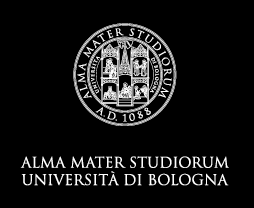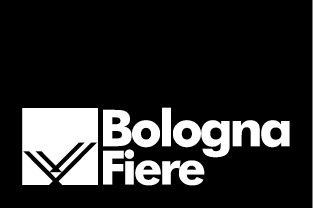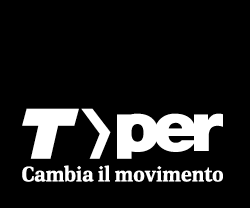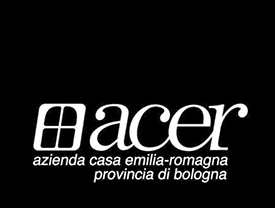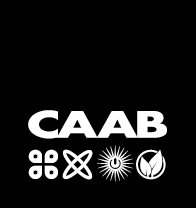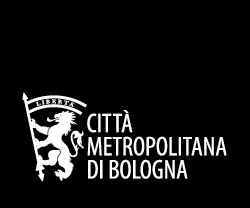In the heart of metropolitan Bologna, between Palazzo d'Accursio and Biblioteca Salaborsa, Innovazione Urbana Lab introduces you to an original account of the city.
By following this path, you can travel through and study the changes that Bologna has experienced, moving in the direction of tomorrow.
Using the technologies in the Lab, you can also become part of an original narrative of the city, among culture, politics, economy, urban transformations, and the ecological transition.
Discover the content, displays, and technologies that distinguish the five areas of the Lab in a unique, constantly evolving way.
the gallery
A trip through the 20th-century city to today.
Walking through the Gallery, the outdoor space of the Lab, you can travel through the history of 20th-century Bologna in a continuous and engaging alternation between past and present.
The story of Bologna in three historical phases.
The opening decades of the century, when the agricultural and commercial city extended beyond the walls. The long 1960s of the economic boom, when large roadways and new industrial, directional, and residential districts were built. The 1990s, when industry gave way to the service sector in the post-Fordist city and elements then deemed permanent began to decline.
View contemporary photos and other historical documents to learn what some important places in Bologna were like and how they have changed. As you move through, you will quickly cover time up to today. The photos will surprise you, showing how some of these places appear now.
The history of Bologna is also the history of the people that experience it, visit it, or spend part of their lives here in it.
It is the story of those who were born here and those who have chosen it, whether
to study or work. Trace the historical changes of the city through the faces of its former residents, contributing to this dynamic story with your snapshots in the photo booth.
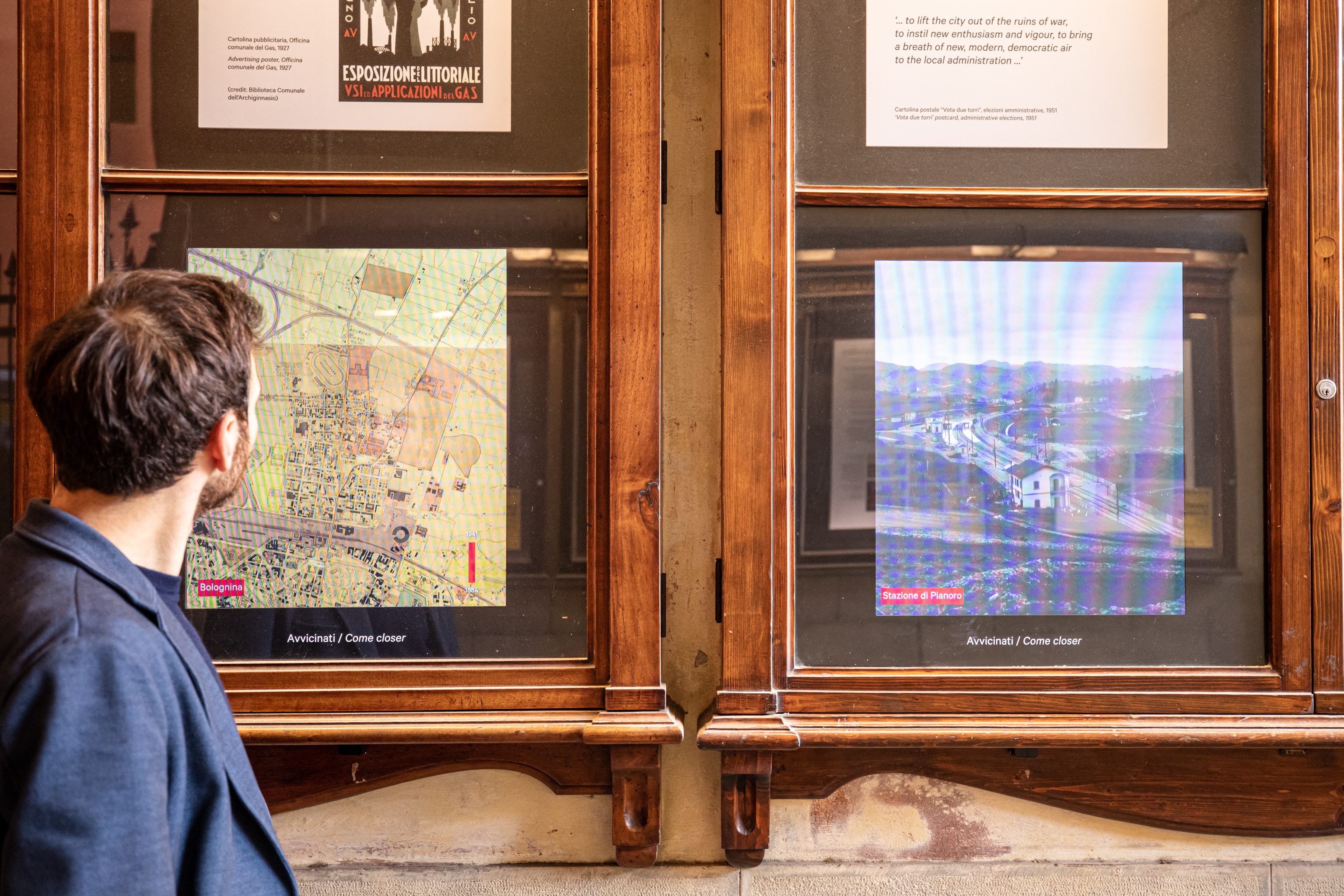
the boulevard
Immersion in the sounds and images of the contemporary city of flows and connections.
Enjoy an immersive experience of the city by travelling along the Boulevard through the Bramante Corridor.
Enter into the flows, global connections, and infrastructure of Bologna and familiarize yourself with the places that mark the past and present. Let yourself be carried through the series of scenes projected on the walls, listening to the sounds of the city.
Use the apps on the tablets to challenge yourself with an educational and research activity and contribute to building a collective story, leaving a record of your perceptions and knowledge about the city.
What is the relationship between Bologna and the planet? What are the borders of metropolitan Bologna and forms of the city? What are your paths through the urban area?
Your experience will be added to the collective memory of those who travel through the Boulevard, contributing to the dynamic story of how Bologna is conceived and experienced.
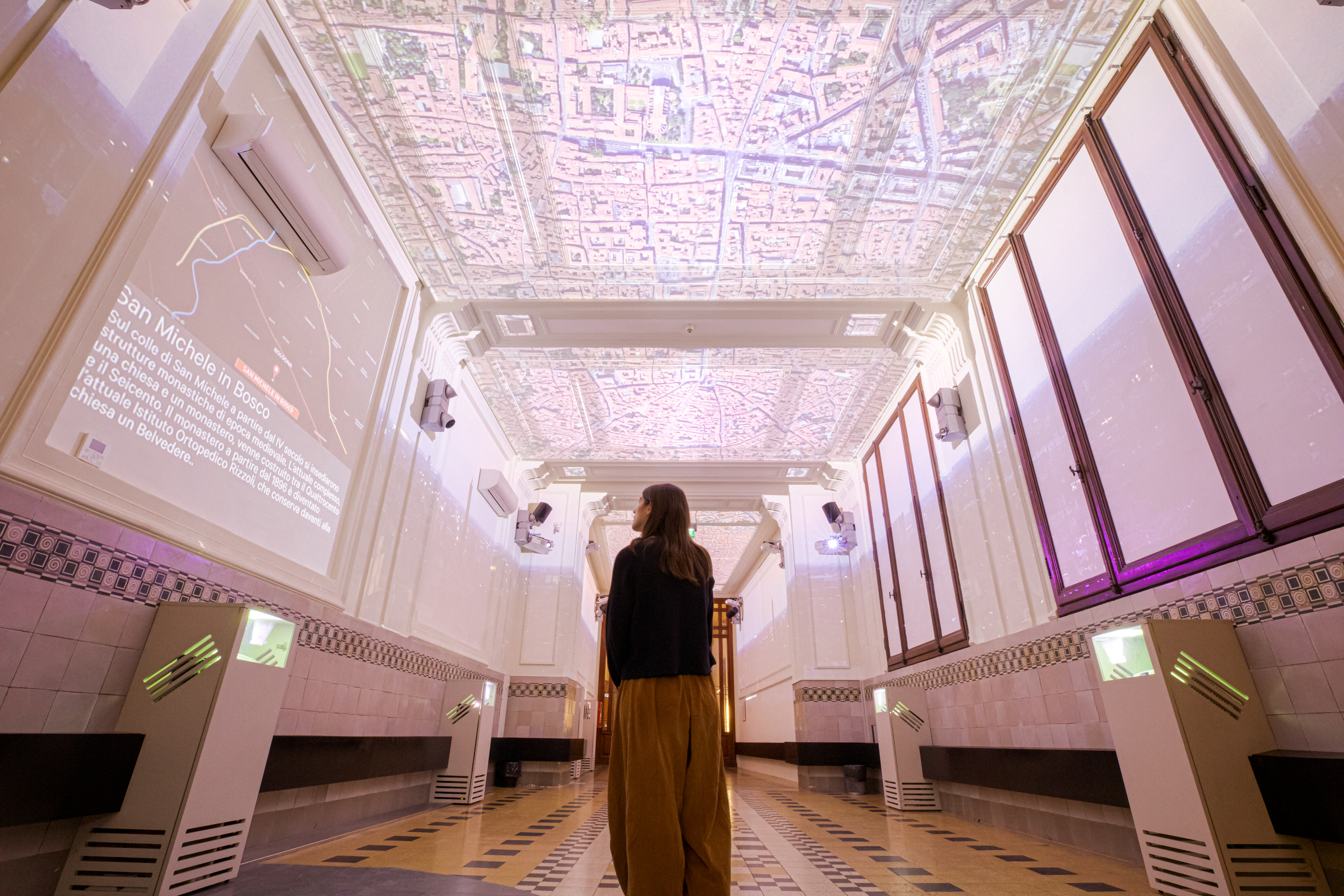
the house
The place for data and information about the city, visualized on the large interactive model.
With the large interactive model of metropolitan Bologna in the House, you will find data and information about places, topics, and visions of the city.
Follow the narrative through video projections on the model and the walls. Discover the city of historical memory, green areas, and water. Observe the city in movement, the nearby city, the metropolis, or the city to renovate. Explore visions of Bologna as a city of proximity, knowledge, and the green transition. With the apps on the tablets, deepen your knowledge about the places and immerse yourself in the changing city.
You can use the tablets in two ways:
- Point to the model and watch the video. The augmented reality will help you to orient yourself in the city.
- Point to the model and move around in the space. The augmented reality will help you reveal places in the city that have been mapped out through civic imagination processes.
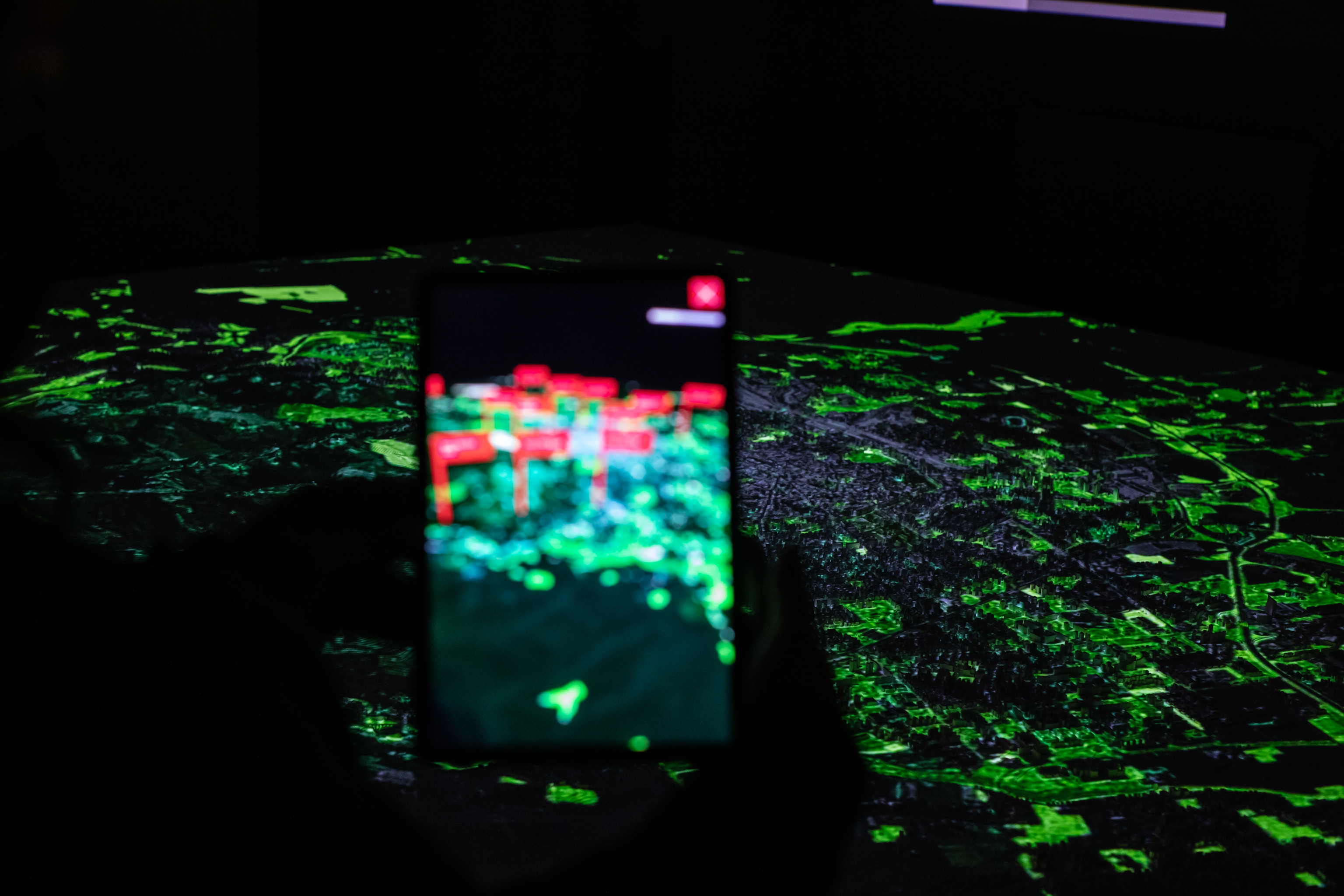
the studio
A space for thematic study to trace the history of Bologna and analyse the changing city.
The Studio is a space to learn about the history of Bologna and its ongoing changes and future perspectives.
Use the two video totems to investigate the historical research introduced in the Gallery. In one, you can trace the history of urban transformations in Bologna during the 1900s: the agricultural and commercial city before the Second World War, the city of the economic boom, and the post-Fordist city of the 1980s and 1990s. In the other, you can discover how Bologna has changed through the words of citizens of all ages, origin, and social status.
Explore the Urban Atlas on the screens on the opposite wall: a set of information, data, and visualizations that tell about the city and its changes in an interactive way. The first chapter available is dedicated to the living conditions of university students in Bologna. Discover data and information through the Stories or move around the interactive map to learn about this issue, crossing data, visualizations, and map elements.
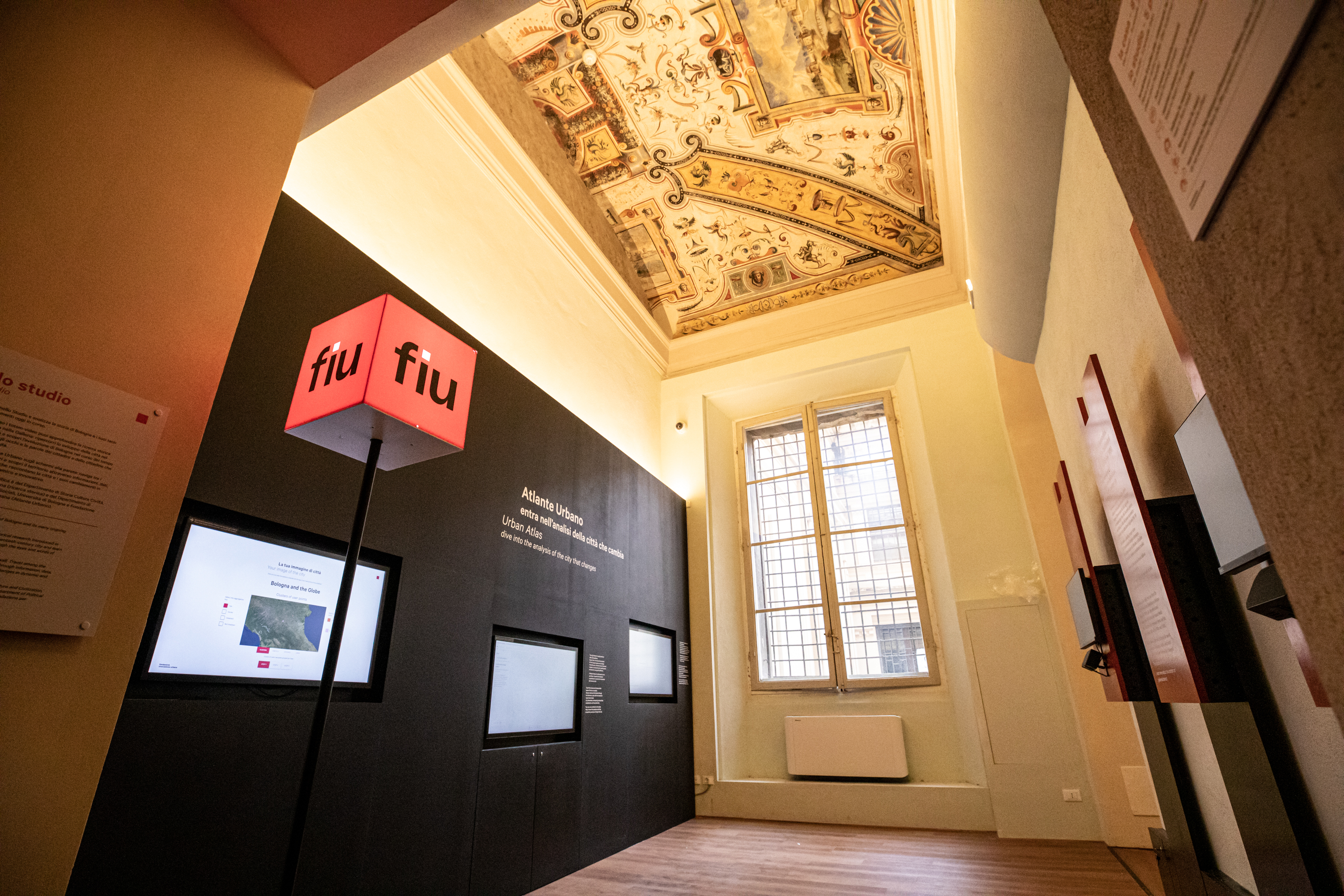
the atelier
A lab area to imagine and contribute to transforming the city.
The Atelier is a educational and work space that hosts workshops and group activities, but it is also a place where everyone can learn about changes in Bologna and become a key player in imagining its evolution. Here your experience will never be the same since you will periodically find different topics to work on.
Using the touch stations at the interactive table, you can plan and design solutions for transforming public spaces in the city, combining words and images in an activity inspired by the game ‘Plus and Minus’ by Bruno Munari.
Working alone or as a group, you can select an area of the city and chose a series of graphical elements and keywords to arrange and overlap on a digital table.
Urban regeneration case studies in Bologna, Italy, Europe, and around the world are presented on the walls, along with a useful glossary for learning more about the regeneration of public spaces, a database of materials to enrich your project design from a technical standpoint of view, and other material that you can consult for inspiration or as a starting point for further investigation.
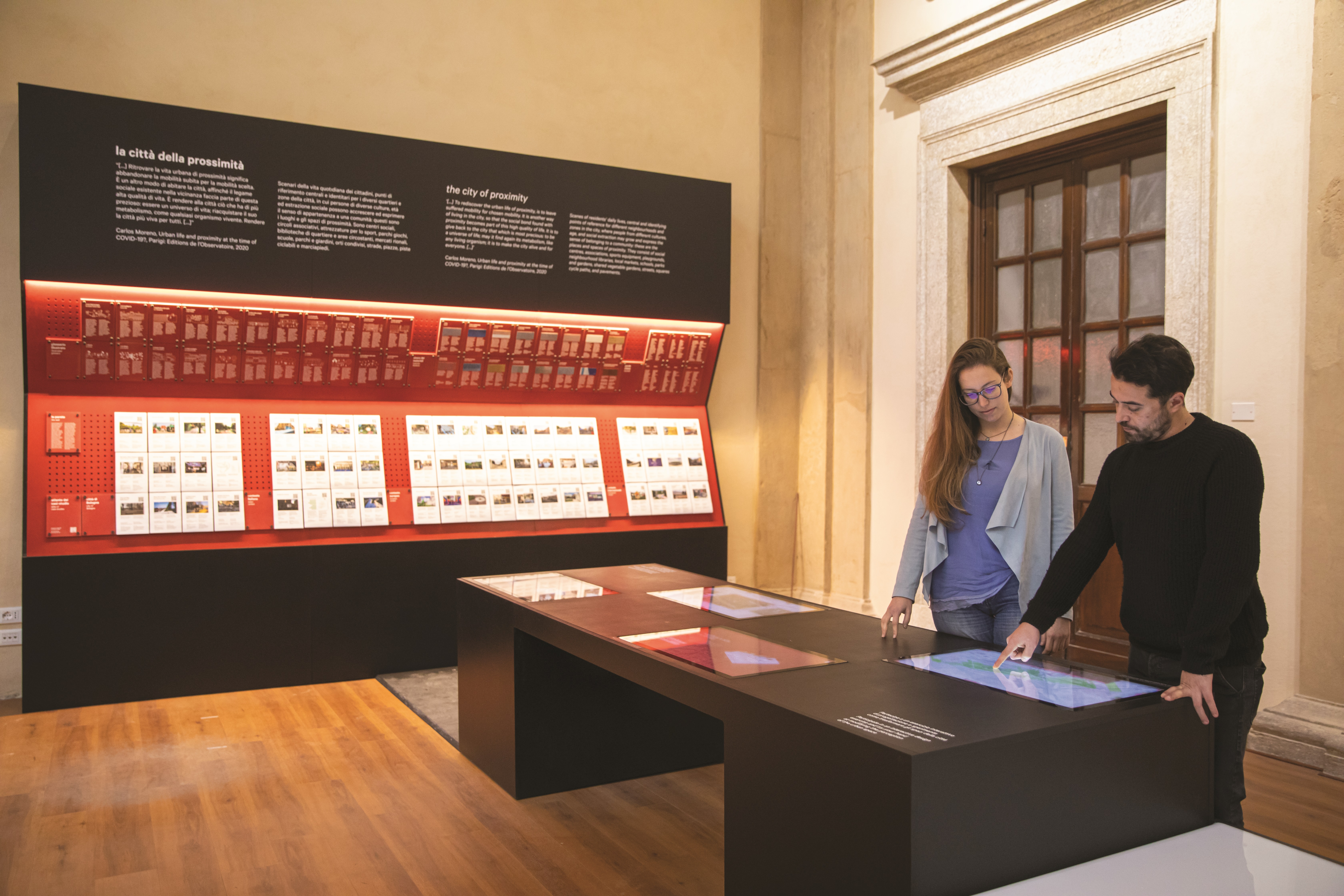
The content in the installation can also be accessed through BOforAll, a free and inclusive app that will lead you in the discovery of the cultural heritage of Bologna’s historical centre, with particular attention for people with physical, visual, and auditory disabilities.
Entrances from:
Palazzo d’Accursio, Piazza Maggiore, 6
Salaborsa, Piazza del Nettuno, 3
Bologna




